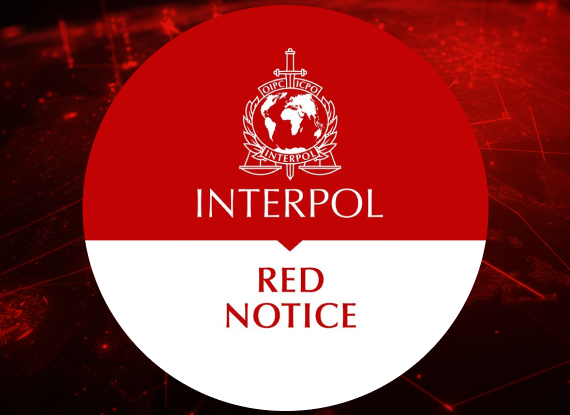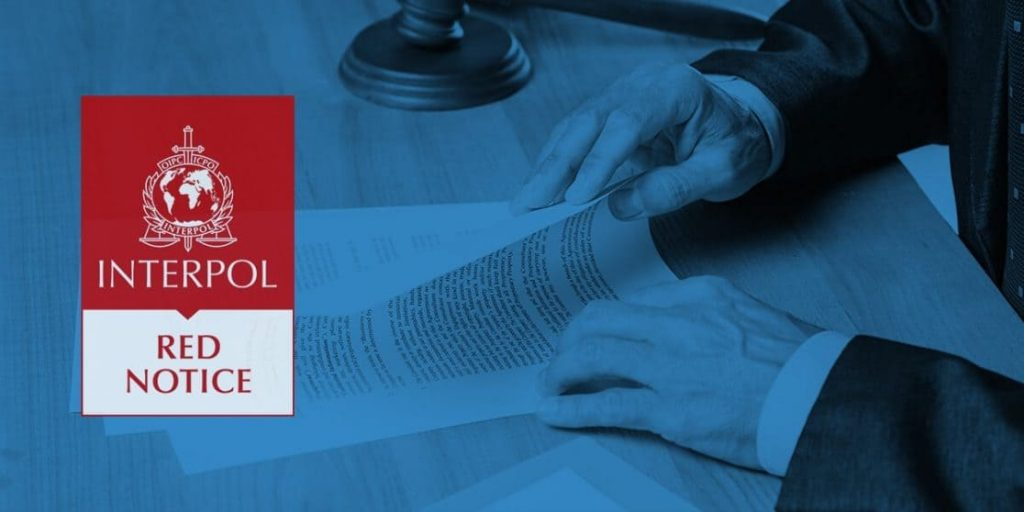The International Criminal Police Organization (Interpol) plays a crucial role in facilitating global cooperation between law enforcement authorities. Headquartered in Lyon, France, Interpol is the largest international policing body, connecting law enforcement authorities across its 195 member countries. Its primary mission is to assist in the prevention and investigation of cross-border crimes, enabling member countries to collaborate more effectively in fighting crime on a global scale.
Since 1946, the International Criminal Police Organization (Interpol) has maintained a comprehensive system of alerts that support global police collaboration for various cases. Known as Interpol notices, these alerts, sometimes referred to as circulars or flags, are categorized by color, with each color serving a unique function. This structured system ensures that critical information received by Interpol is disseminated effectively among member states. There are eight primary types of notices, each designed for a specific purpose:
Each type of notice serves as an essential component of Interpol’s toolkit for international policing, enabling efficient communication and proactive measures across borders. These alerts not only enhance the effectiveness of criminal investigations but also bolster security and cooperation among member countries.
An Interpol Red Notice is one of the most recognized tools used by the International Criminal Police Organization to assist member countries in locating and detaining person pending extradition who are wanted for prosecution or to serve a sentence. It acts as an international request for cooperation, issued at the request of a specific requesting country. However, it is essential to understand that Interpol Red Notices are not an international arrest warrant but a means of alerting law enforcement authorities globally about an individual’s status and potential need for extradition.
The process begins when a member country submits a request for the issuance of a Red Notice to the National Central Bureau (NCB) associated with Interpol. This request must include thorough documentation that substantiates the individual's pursuit, including evidence of the criminal offense or the sentence awaiting the person. Interpol’s General Secretariat reviews the request and ensures it meets all necessary conditions before deciding on its approval. Only after a comprehensive evaluation it is decided if the Interpol's red notice either accepted or denied. If the General Secretariat approves the request, the individual's information is entered into Interpol’s Red List, making the person subject to international search. At this stage, law enforcement agencies worldwide are alerted, and the person can be detained for possible extradition proceedings.

An Interpol Diffusion is essentially a communication distributed to a limited number of member countries or even globally, depending on the requesting country's needs. It serves as an alert to identify, locate, and, if necessary, detain a person wanted for criminal prosecution or to serve a sentence. Unlike the more structured Red Notice, a Diffusion is not reviewed by Interpol’s General Secretariat before being sent out, allowing for faster distribution among the relevant member states.
Checking if you are on Interpol wanted person list is a crucial step for those who suspect they might be the subject of an Interpol Red Alert. Being unaware of the existence of such a notice can lead to unexpected arrest and extradition upon crossing borders. Therefore, it's important to promptly find out if there might be an Interpol's red notice issued against you and take the necessary steps to protect your rights.
The first step in checking for Interpol Red Notice is to check the "wanted person" list. Interpol provides public access to information about some individuals who are internationally wanted on its official website. However, this list is incomplete and doesn't always reflect the full picture, as many notices remain confidential at the request of member countries.
For a more reliable verification, it is recommended to seek professional legal advice and consult a solicitor who has access to specialised legal resources and can request information directly from national law enforcement agencies or through official Interpol channels.
If a red notice has been issued in error or its grounds are questionable, it can be removed through the Commission for the Control of INTERPOL's Files (CCF). The CCF is an independent body that deals with requests to review and delete notices published by INTERPOL. Submitting a request to the CCF is a complex process that requires meticulous preparation and legal expertise.
Preparing and submitting a request to the CCF requires consideration of numerous legal nuances, such as ensuring the evidence presented meets international standards, the validity of arguments, and adherence to procedural requirements. Our solicitors, with experience in dealing with Interpol and knowledge of international law, will assist you in competently preparing all necessary documents and will represent your interests in the CCF, significantly increasing the chances of successfully removing a red notice.
Seeking advice from an Interpol lawyer regarding the Interpol Red Notices is the most effective way to obtain information about the existence of such a notice. A solicitor knows the necessary procedures and documents required to submit a request to Interpol and can act on behalf of the client, protecting their interests. This is particularly important in situations where the client requires confidentiality or fears potential negative repercussions.

Removal of Interpol Notice is a complex and multifaceted process that requires a deep understanding of international law and Interpol procedures. Success in this matter depends on numerous factors, including the validity of the charges against you, the presence of evidence of your rights being violated, and the strategy developed by your solicitor.
Having an Interpol red notice removed is a process that requires professional legal support. Attempts to Interpol red notice removal on one's own typically do not succeed due to the complexity of the procedures and the need to adhere to international justice standards. A solicitor with experience in this area will be able to competently prepare your request, present compelling evidence, and defend your interests at all stages of the process.
The process of removing an Interpol red notice requires completing several key stages, which include gathering evidence, preparing a legally substantiated request, and engaging with the Interpol Commission for the Control of Files (CCF).
The first step in the process of removing a red notices is to gather all necessary evidence that proves the notice was issued improperly or in violation of your rights. This may include proof of political motivation behind the charges, facts indicating a breach of your right to a fair trial, or other arguments in your favour.
The next step is to prepare and submit a request to the CCF. The Commission reviews requests for compliance with legal and procedural requirements, as well as assessing them for potential human rights violations. The process can take several months, depending on the complexity of the case and the Commission's workload.
Interpol red notice removal lawyers have extensive experience in challenging and removing Interpol Red Notices. They understand Interpol requirements and how to properly prepare a request, which evidence will be most persuasive, and how to effectively interact with the CCF to achieve a positive outcome. Lawyers specializing in the removal of Interpol Red Notices will take a comprehensive approach, including a detailed analysis of the case, strategy development, and full support throughout the process.
To successfully delete Interpol red notices, one must provide justification for its illegality or impropriety. The most common grounds include:
Preventing the issuance of a Red Notice is a task that requires proactive measures, especially if you suspect that you might become the subject of an international search. If you have reason to believe that a Red Notice could be issued against you, it's crucial to seek legal advice without delay. Professional legal assistance can help you prepare in advance for any potential outcomes, gather the necessary evidence, and develop a defence strategy. A solicitor can promptly identify and challenge any violations of your rights, which may help prevent the issuance of a Red Notice and avoid serious legal repercussions.